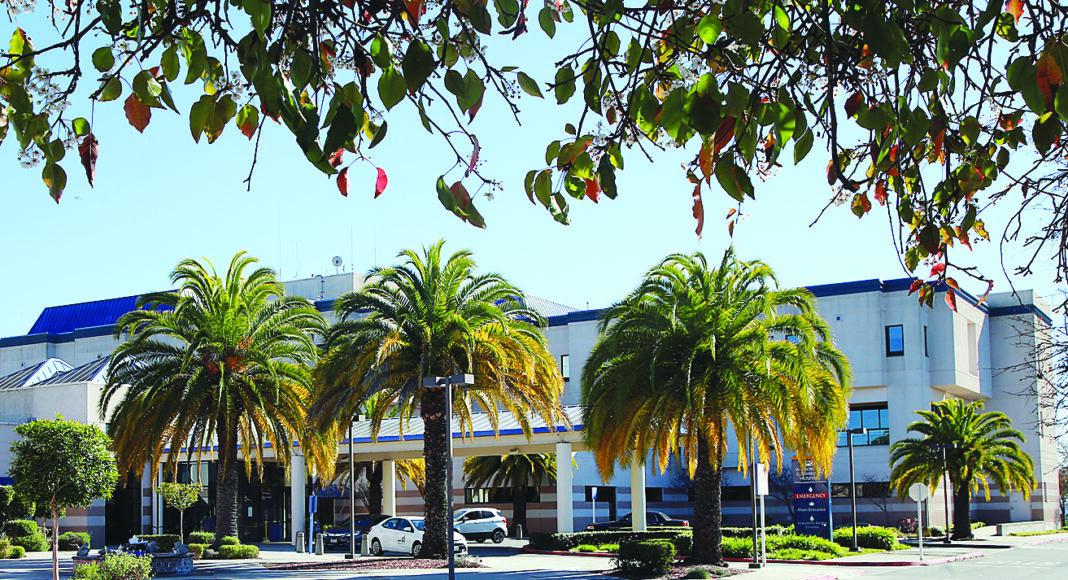A recent survey of potential voters signals strong support of a property tax that would allow for the purchase of Watsonville Community Hospital and upgrades to its facilities.
The question for now Pajaro Valley Health Care District (PVHCD) is how much to ask for and whether to place it on the ballot for the March 2024 election, or wait until the November general election.
“It’s very good news out of the gate,” said John Isom, whose company Isom Advisors is helping PVHCD determine the feasibility of bringing a bond measure to the public to help raise money for the $40 million purchase.
Isom presented the information during the Aug. 30 PVHCD meeting..
The survey of 400 people gauged their attitude toward PVHCD, tax rates in general and their opinions on a wide range of projects a bond measure would pay for.
Gathering such information in advance is important, Isom said, since tax measures require 67% to pass.
With 75.5% of those surveyed indicating they would vote yes–and another 2% saying they were leaning that way–PVHCD has a good chance of passing one, Isom said.
“This is about perception, and ultimately this is about an ask of the community,” he said. “And if the community is willing to support you, they tend to do so more if they like you and if they think you’re doing a good job.”
In the survey, 85% said they want to see the emergency department expanded and renovated, while a majority also said they support upgrading the imaging systems.
Respondents also strongly support purchasing the building and its grounds, a move that would save $4 million per year.
“I thought that was pretty monumental, because that would be a game-changer for the district,” Isom said.
The survey also showed likely voters want the roofs, HVAC and plumbing systems updated.
Respondents were somewhat less enthusiastic when asked about specific numbers.
Just 54% said they would support paying $24 per $100,000 of assessed value on their property tax bills, while 61% showed support when that number decreased to $19.
“So far, they love the project, they love the idea of doing a measure,” Isom said. “They would be supportive of it. They like the hospital and they like the Health Care District. But there is a little bit of tax sensitivity when talking about a dollar amount on an annual basis.”
The next step, Isom said, should be engaging with the public and delving deeper about their attitudes toward a ballot measure and when to bring it forward.













